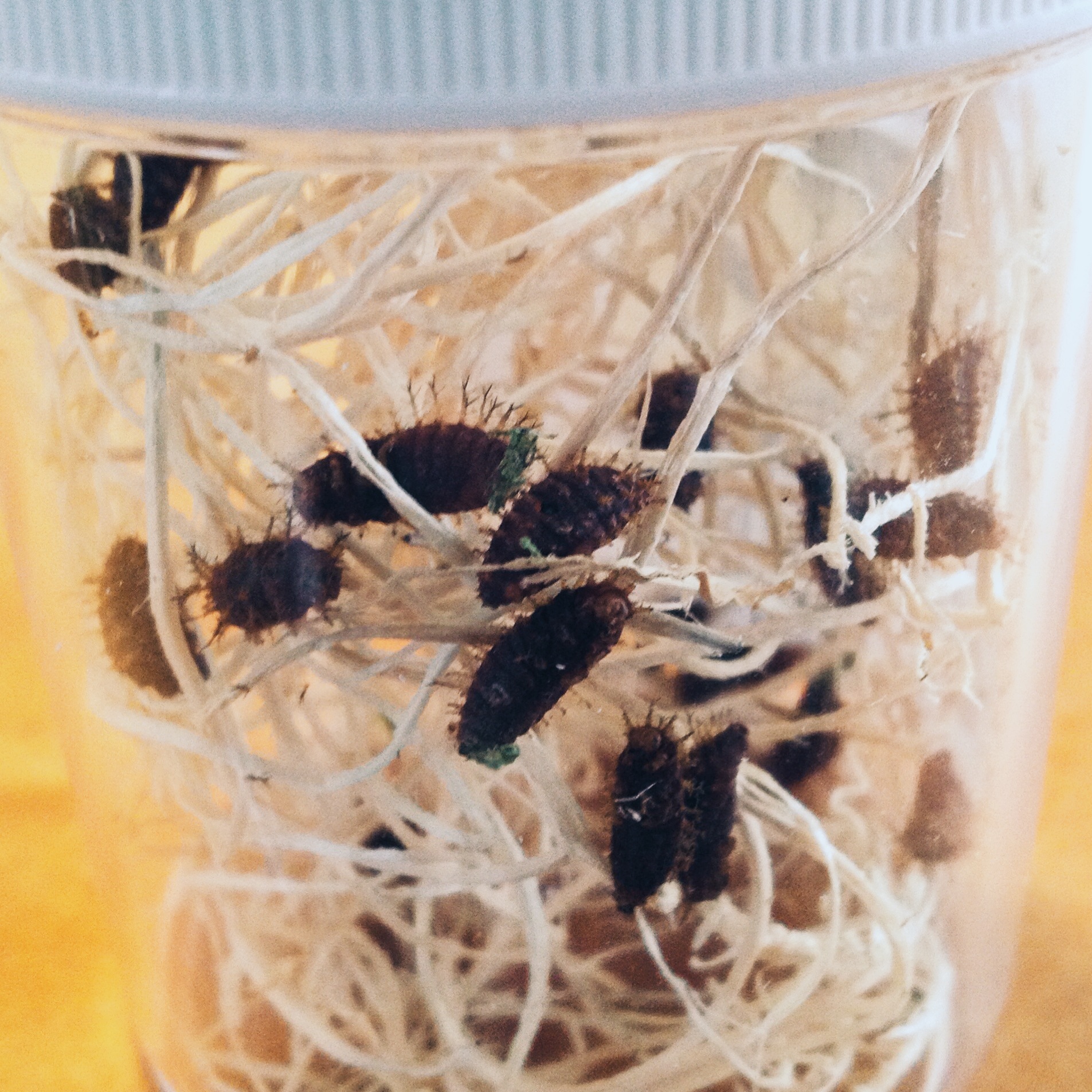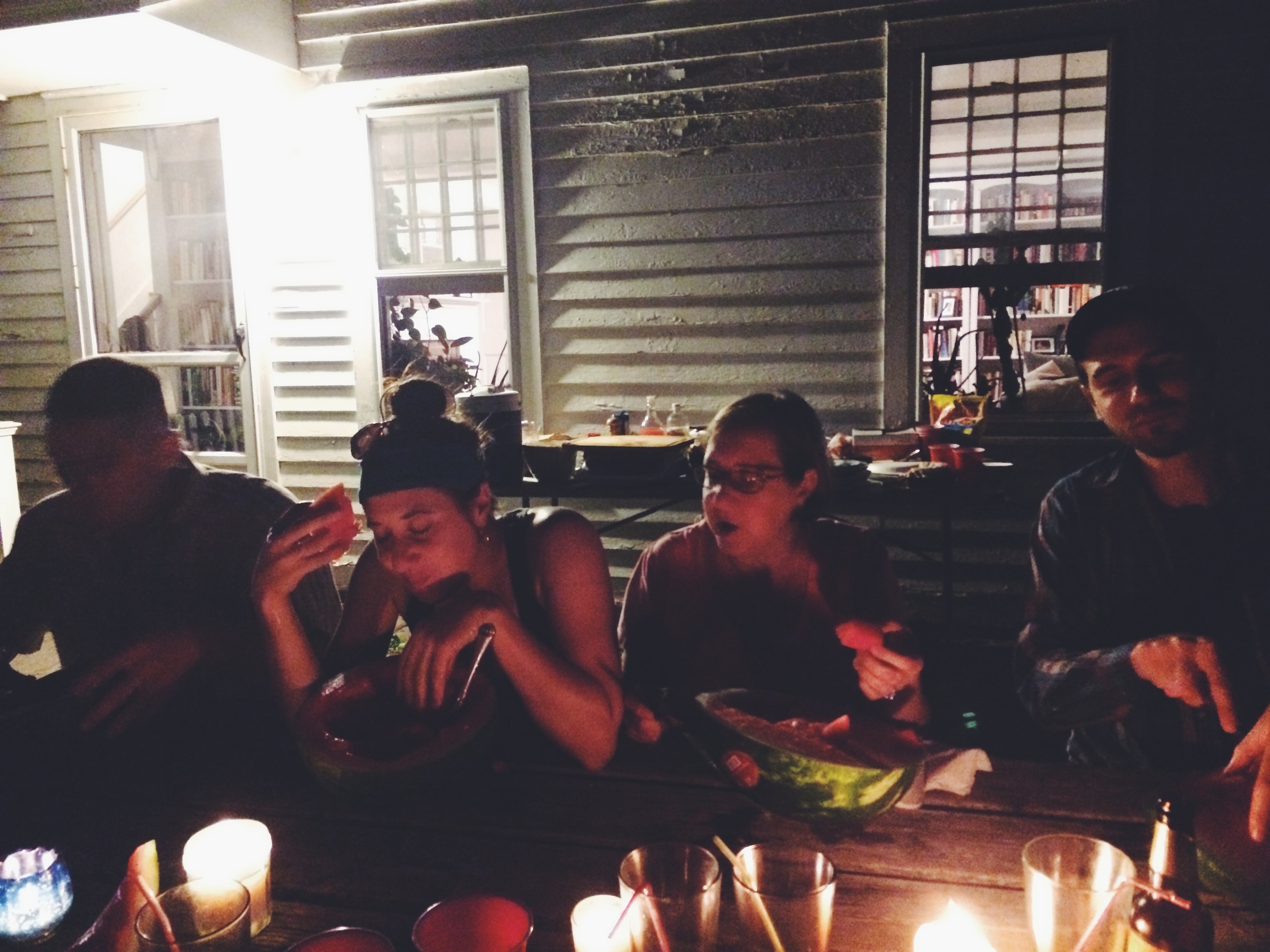Happy December from Four Root Farm. First, a few orders of business: we have finally joined the 21st century and figured out how to sell our 2017 calendars, notecards, and postcards on our website in time for holiday gift buying! Stay tuned for tote bags, t-shirts, hot pepper posters, and more.
We will be at the Edgewood market on Sunday mornings through December, so come visit if you want to take home pea shoots, carrots, radishes, leeks, raddichio, kale, garlic, hot peppers, or Elise's beautiful wreaths.
With half of our collective FRF heart we are hunkering down for winter, but with the other half we are already looking ahead towards the bright and sunny warmth of spring 2017. So let us know if you want to be on the email list for information about our 2017 market share program and our updated market schedule for next season.
Because we have thought of little else in the past few months, it wouldn't be an honest update on farm activities if we didn't address the recent election. If we spent all summer distracted and agitated by the news, and if we've spent the last few weeks fully despondent in the face of the political horror show unfolding before us, we're now collectively working on finding a vigilant and active holding pattern - one that is sustainable for the foreseeable future. It's amazing how complicated it is to learn how to use terrible anger and outrage without twisting your tender human heart into knots that can't be undone. We are studying history to learn how.
We are thankful for our daily work of growing food, and thankful for whatever power we can find as small business owners to effect change. We're working on balancing our anger and dread with our belief in something better. We're learning how to fight our government in new and urgent and creative ways. We are willfully not retreating into our quiet solitary farmer life. We're finding productive mechanisms of supporting people and organizations. We're showing up and doing the work of being in a community in which a lot of people don't agree with us. We're learning how to grow our own grassroots.
And with that, an itemized accounting of the entire season that has passed since our last blog post:
- Ongoing construction of the farm's second house was slow and steady;
- Being outside after 5:15 pm was possible;
- We got the pick of beautiful storage crops in the basement, before the January realization that only the annoyingly small onions are left to be chopped and diced for cooking;
- A midday temperature above 55 was common and welcome;
- Bugs lived outdoors;
- Beautiful skeletons of plants stood straight and shed crispy dead leaves in the cold wind;
- Ellis scooted around on his little butt, determined to do a sideways pirate scoot forever in lieu of learning to crawl on all fours;
- The 2017 seed catalogues started to arrive daily, eliciting a moan and getting stuck, unopened, in a pile in the office; and
- The reasonable feeling of being too warm in a sweater but too tired to take it off was common.
In our descending winter season we now have:
- Rachel and Elise settling into Rachel's recently completed house;
- Going inside at 4:50 pm, when the sun quickly and unceremoniously sets behind bare trees;
- Kale and collards and leeks picked in the cold mornings are roasted with garlic by evening;
- The funky storage crops getting funkier by the day;
- Colder and colder nights;
- The last of the bugs, realizing our house is cozier than the frosty bushes outside, migrating indoors for winter;
- Digging dahlia tubers and planting bulbs and heaping the compost pile mountain-high with dead plants;
- Ellis tottling and walking around in the wet composting leaves looking for something edible or something dangerous;
- Taking a quick peek inside just one catalogue to see what new seed stock they have to offer for next year, and suddenly 25 minutes go by without knowing; and
- The fire crackles day and night. We know we wont take our sweaters off until spring.








































































